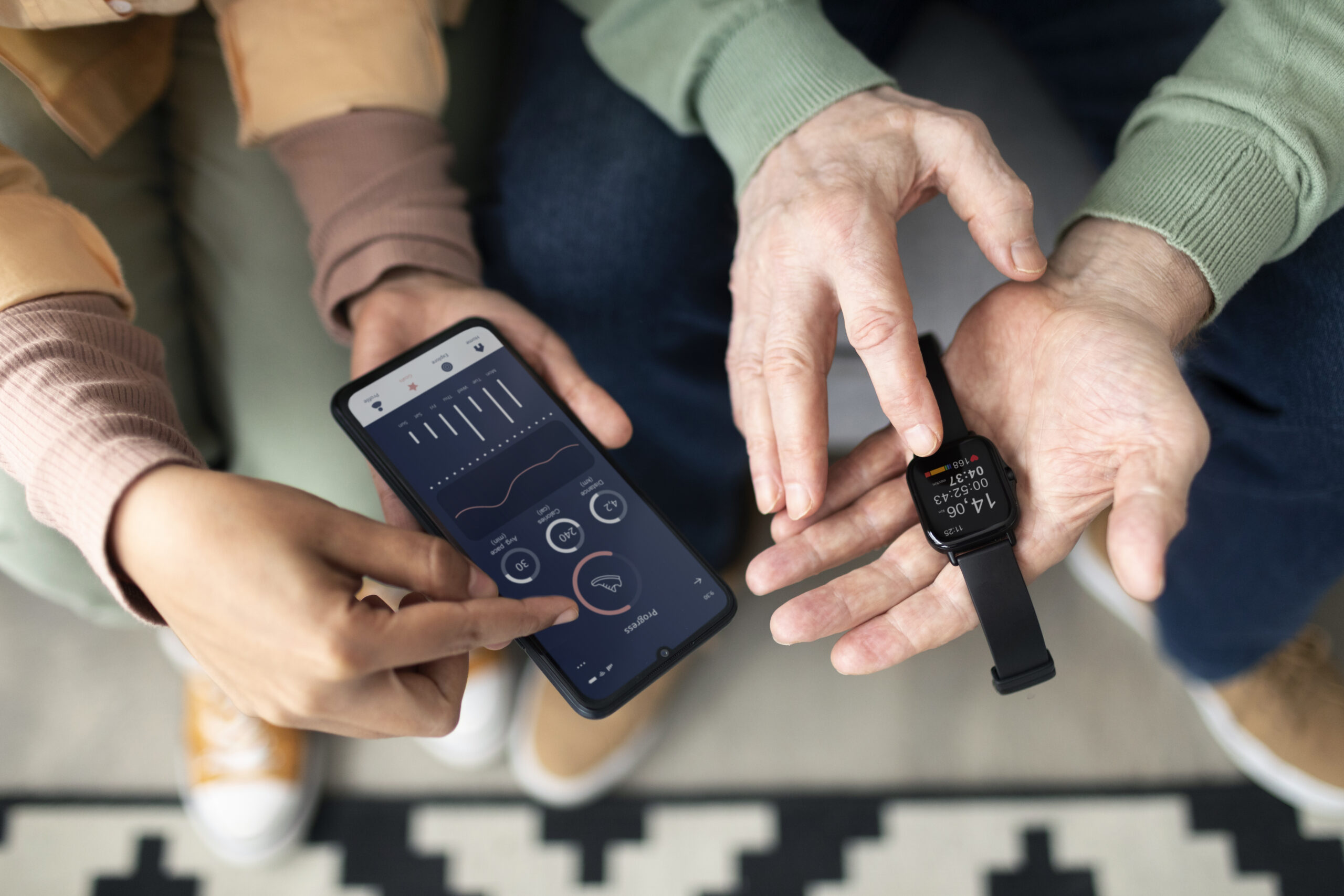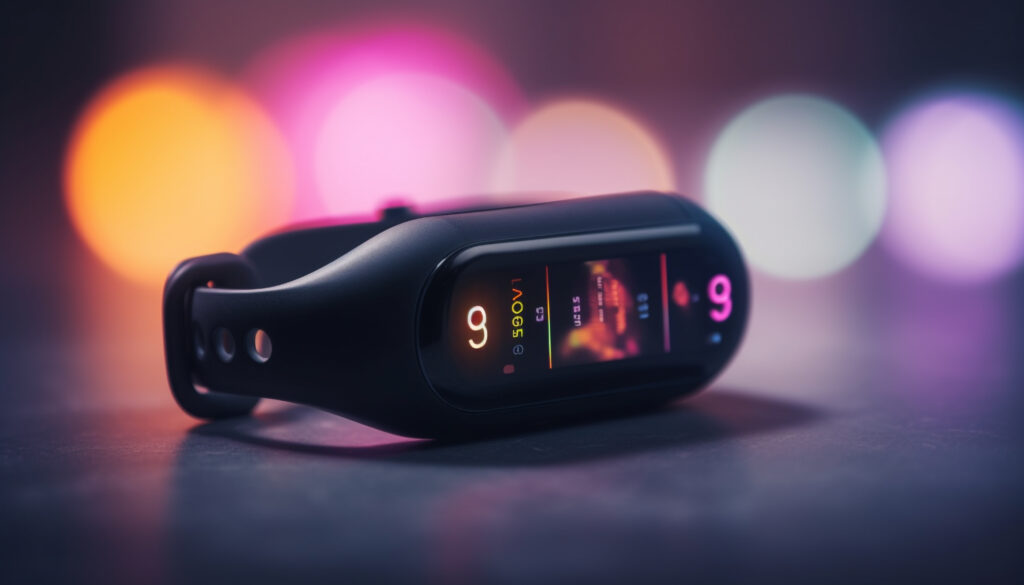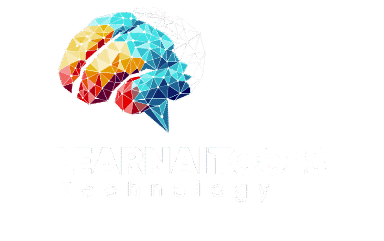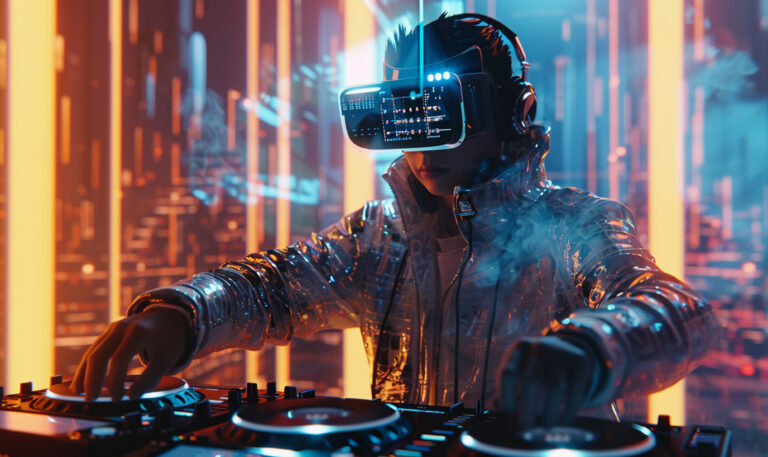
AI Wearables 2025: Shaping Smarter, Healthier Lives
Introduction
AI Wearables 2025 represents a major leap from today’s gadgets. Traditional wearables focus mostly on tracking steps, monitoring sleep, or showing notifications. But the wearables of 2025, powered by AI, will interpret complex data, predict user behavior, and adapt in real-time.
From predicting medical conditions to enhancing productivity at work, these devices will play a huge role in redefining how humans interact with technology. The AI element ensures that wearables are no longer passive but actively help improve decisions and lifestyle.
AI Wearables 2025 is setting the stage for a new era of human-technology interaction. As artificial intelligence becomes more advanced, wearable devices are moving far beyond simple fitness trackers or smartwatches. They are becoming personal assistants, health companions, learning tools, and even lifestyle enhancers that fit seamlessly into our daily routines. By 2025, these devices will not just be accessories but essential extensions of human life.
Why AI Wearables 2025 Is a Game Changer
AI Wearables 2025 is not just an upgrade—it is a transformation. These smart devices are equipped with AI algorithms that allow them to learn from user data, anticipate needs, and act independently when required. Unlike phones or computers, wearables have constant contact with the human body, making their insights more accurate and personalized.
Key advantages include:
- Personalized health care through real-time diagnosis.
- Smart productivity tools for professionals.
- Fashion integration with AI-driven designs.
- Interactive learning for students and trainers.

Healthcare Revolution with AI Wearables 2025
AI Wearables 2025 is expected to bring one of the biggest revolutions in healthcare. Devices will no longer just collect health data but will analyze it, interpret patterns, and provide early warnings.
Examples include:
- AI-enabled ECG wearables predicting heart attacks.
- Smart patches for blood sugar monitoring.
- AI-powered glasses detecting stress and eye fatigue.
The future will see doctors relying on AI wearables for accurate, real-time patient insights. This means preventive healthcare rather than reactive treatment.
Fitness and Lifestyle Enhancements
AI Wearables 2025 will also redefine fitness and lifestyle. Unlike basic trackers, these devices will act like AI personal trainers. They will monitor movements, correct posture, and recommend diet and workout plans based on individual metabolism.
For mental wellness, wearables will track stress levels, mood swings, and sleep patterns—offering timely relaxation techniques or meditation sessions. In short, they will become holistic wellness partners.
AI Wearables 2025 in Fashion and Everyday Use
AI Wearables 2025 will blur the line between technology and fashion. AI-driven smart clothing will automatically adjust temperature, shoes will detect fatigue, and jewelry will monitor stress levels.
These innovations will make wearables almost invisible, blending with daily outfits while delivering powerful insights. By 2025, smart fashion is set to become a mainstream trend.
Industrial and Military Applications
AI Wearables 2025 will not be limited to consumers. Industries and defense sectors will benefit greatly. For example:
- Workers in factories wearing AI helmets to detect fatigue.
- Soldiers using AI wearables to track vitals during missions.
- Engineers using AI-powered glasses for instant troubleshooting.
Such applications ensure safety, efficiency, and real-time decision-making in high-risk environments.
Challenges Facing AI Wearables 2025
AI Wearables 2025 comes with its share of challenges. Some of the biggest issues include:
- Privacy concerns as sensitive personal data is constantly collected.
- Battery limitations due to high AI processing needs.
- High cost, making advanced wearables less accessible initially.
- Technology dependence, which may reduce human judgment.
Overcoming these barriers will be crucial for mass adoption.
The Future of AI Wearables 2025
AI Wearables 2025 points toward a future where technology adapts completely to human needs. With developments in AI and IoT, wearables will connect seamlessly with smart homes, smart cities, and even smart transportation systems.
Some future possibilities include:
- Brain-computer interface wearables.
- Predictive diagnosis for mental illnesses.
- Ultra-light, invisible wearables integrated into clothing.
- AI assistants embedded in everyday accessories.
The goal is not just convenience but creating a harmonious bond between humans and technology.
Conclusion
AI Wearables 2025 is more than just the next step in gadget evolution—it is the dawn of a new lifestyle where artificial intelligence and wearable technology merge to improve health, productivity, fashion, and safety. The opportunities are endless, and while challAI Wearables 2025 is more than just the next step in gadget evolution—it is the dawn of a new lifestyle where artificial intelligence and wearable technology merge to improve health, productivity, fashion, and safety. The opportunities are endless, and while challenges remain, the benefits far outweigh the risks.
As we approach 2025, businesses, industries, and individuals must prepare to embrace this powerful shift. Wearables will no longer be optional tools—they will be essential to living smarter, healthier, and more connected lives.
In short, AI Wearables 2025 is the present building the future. To explore more insights about AI and technology, visit Learn Ai Tools.enges remain, the benefits far outweigh the risks.




